Red Maple Leaves

How to Distinguish Red Maple Leaves
The distinctive features of Red Maple leaves with allow you to distinguish between other leaves falling that are harmless. Red Maple leaves have serrated edge, and turn red or yellow in the fall with a silvery underside.Signs of Cyanide Poisoning in Your Horse

Treating Your Horse For Cyanide Poisoning
The only treatment for cyanide poisoning is supportive therapy with IV fluids to dilute the toxins in the blood in less severe cases of cyanide poisoning. In some cases blood transfusions are also a possibly. If they make it through supportive therapy, cyanide-poisoned horses can then develop laminitis because blood flow has been compromised. The recovery process is then a long process with it taking more than three weeks for red blood cell counts to return to normal.Other Plants and Trees that Contain Cyanide
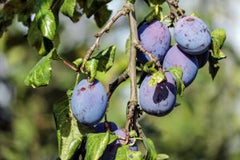

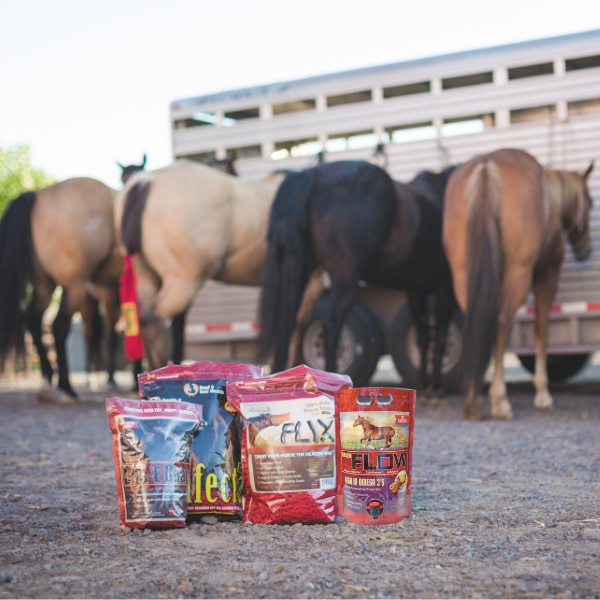
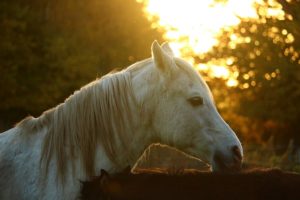
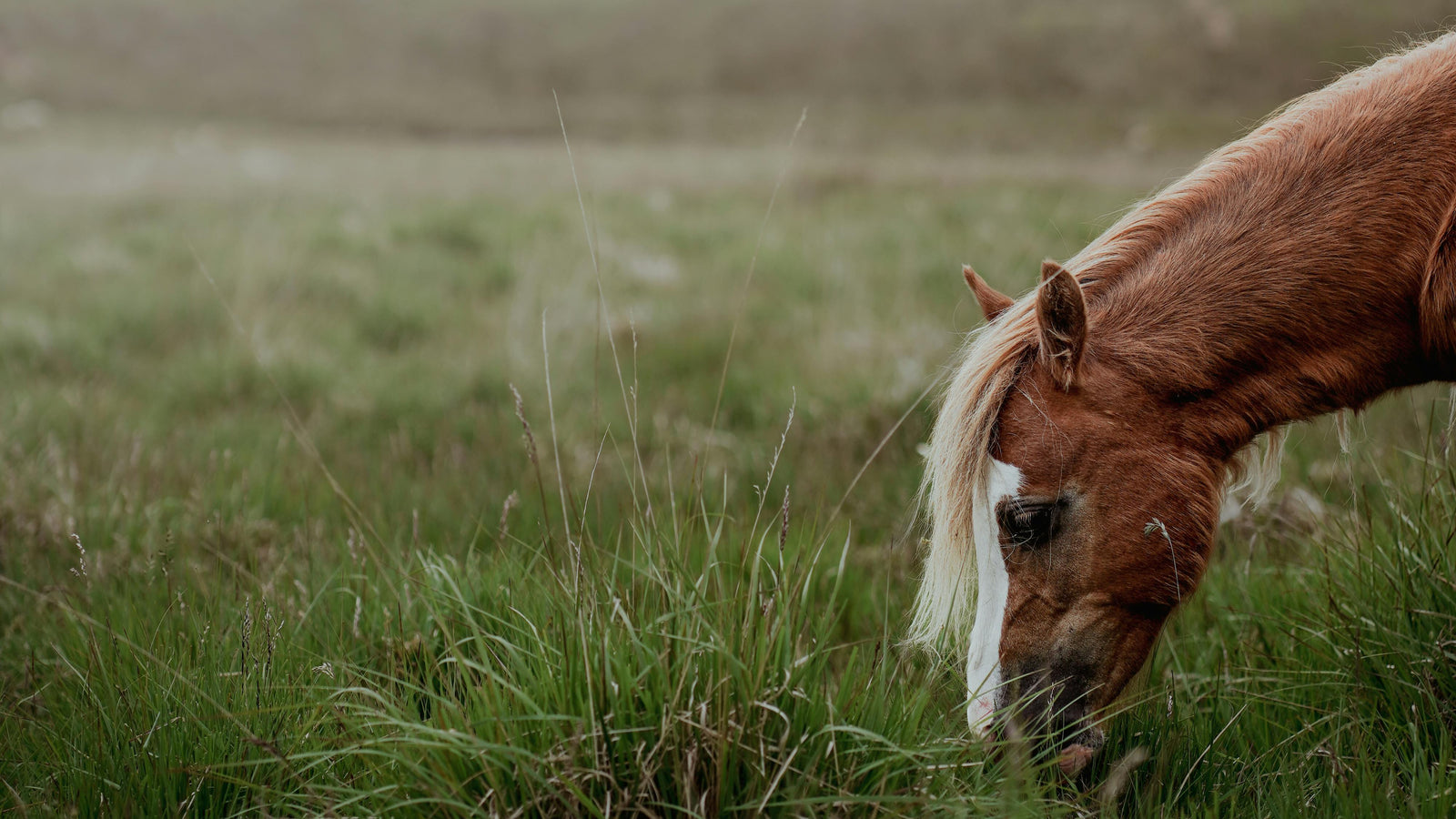
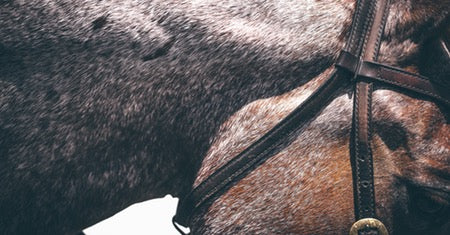
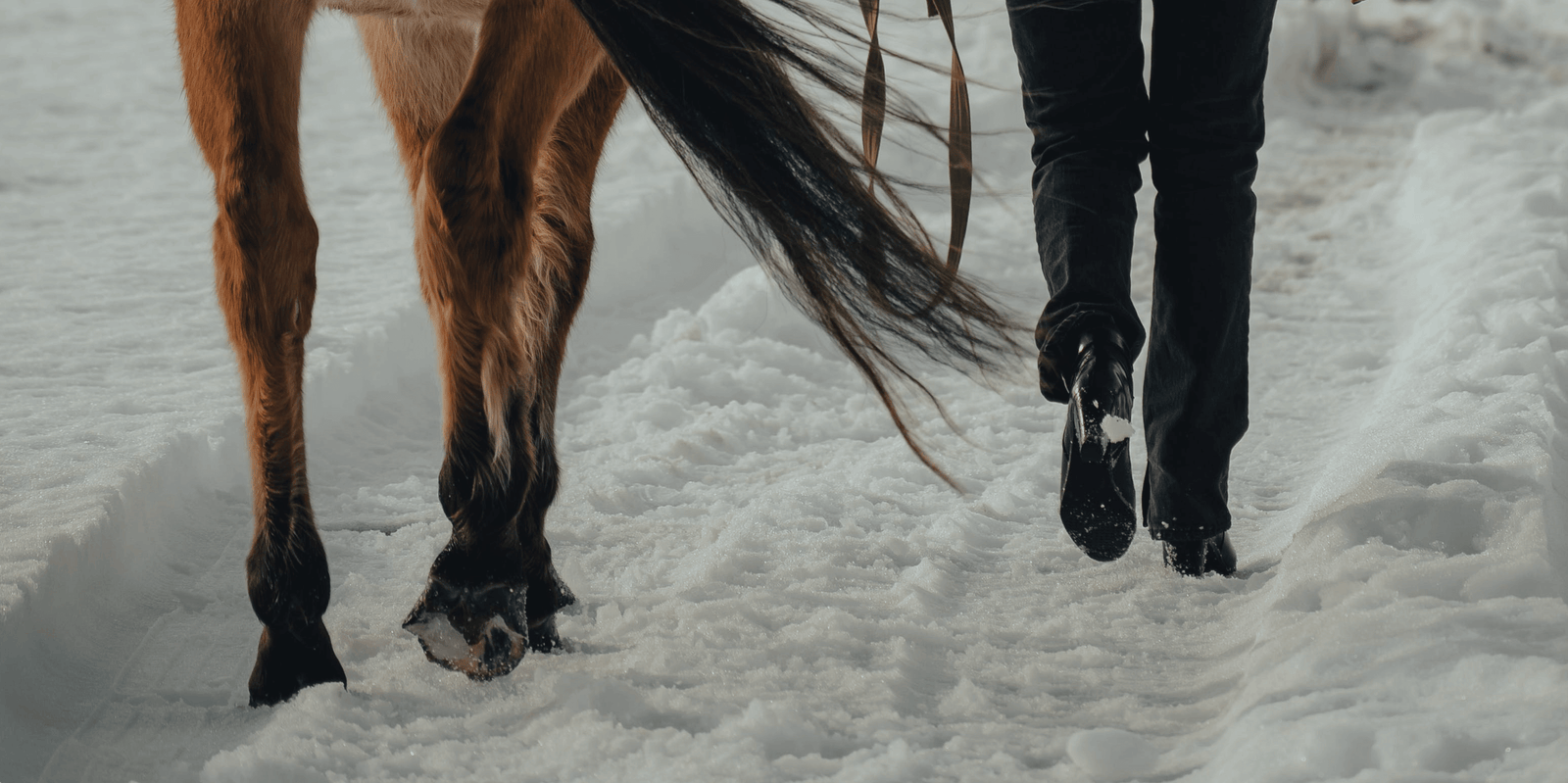
Cindra Smtih
October 21, 2021
Good to know! Would like a list of ornamental plants that are toxic to horses. I had a horse that had a severe reaction to fall crabapple leaves.